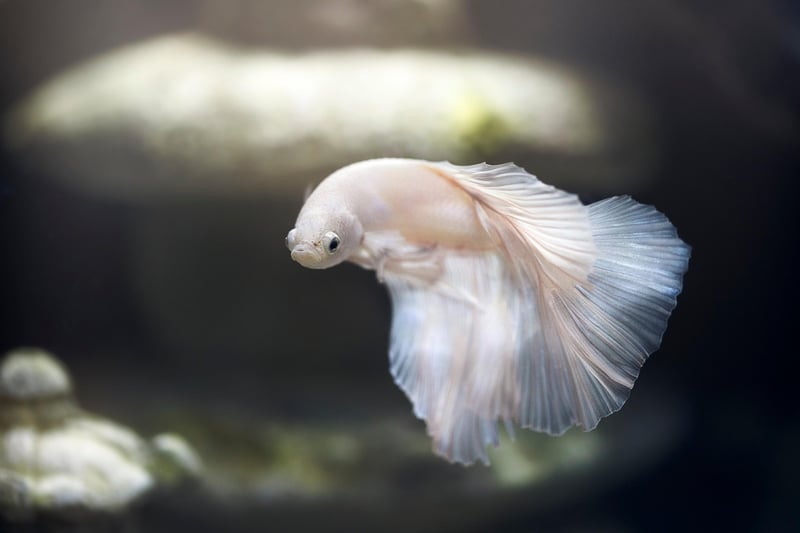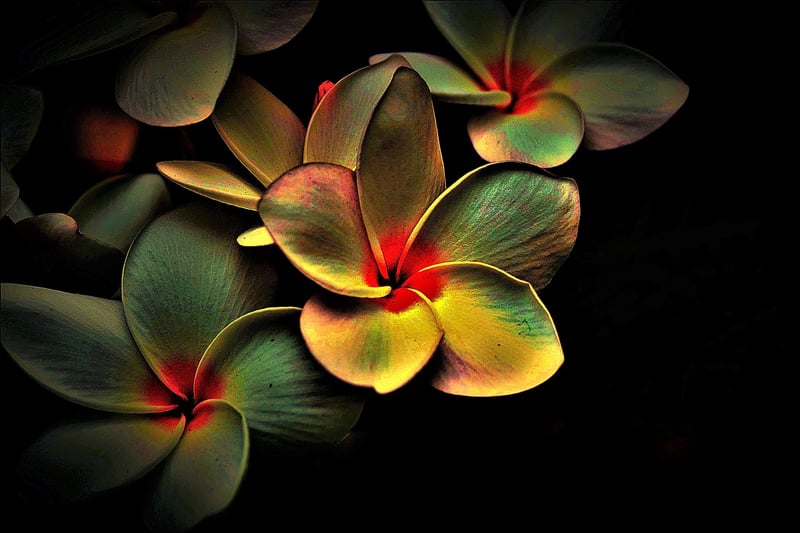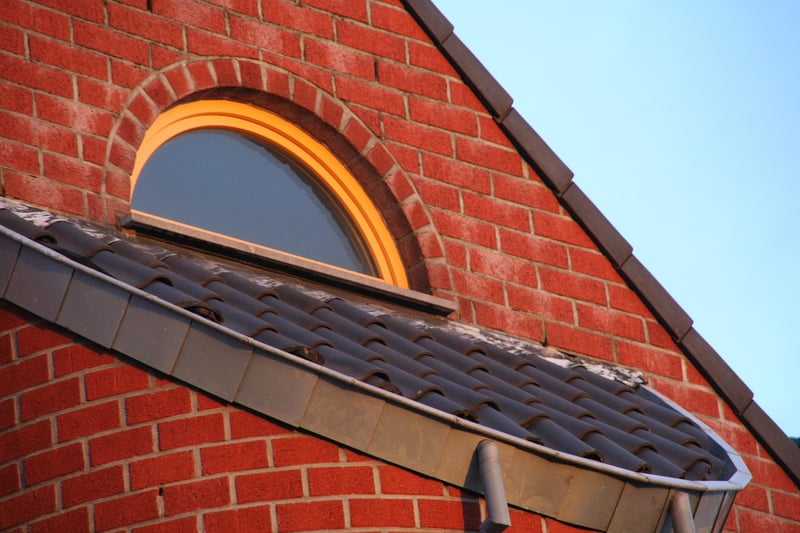Lighting Tips
Capture Food Art + Lighting Tips
Introduction
Food photography is an art form that requires skill, creativity, and attention to detail. Capturing the beauty of food through photography involves not only the composition and styling of the dish but also the lighting techniques used to bring out the textures and colors of the food.
Lighting Tips
Proper lighting is key to creating stunning food photography. Here are some tips to help you achieve the perfect lighting for your food art:
- Natural Light: Utilize natural light whenever possible. Place your dish near a window or shoot outdoors to make the most of natural daylight.
- Diffused Light: Avoid harsh shadows by using diffusers or sheer curtains to soften the light source.
- Light Angles: Experiment with different angles of light to find the most flattering one for your dish. Side lighting can create depth, while backlighting can highlight textures.
- Reflectors: Use white foam boards or reflectors to bounce light back onto the dish and fill in shadows.
- Artificial Light: If natural light is not available, consider using artificial light sources like softboxes or LED panels to achieve a similar effect.
Food Art Photography
Food styling is an essential part of food photography that can elevate your images from ordinary to extraordinary. Here are some tips to help you create stunning food art:
- Color Palette: Choose a color palette that complements the dish and enhances its visual appeal.
- Composition: Pay attention to the arrangement of elements within the frame. Use props like utensils, napkins, or fresh ingredients to add interest.
- Textures: Highlight the textures of the food by adjusting the lighting and focusing on details like crispy edges or creamy centers.
- Angles: Experiment with different angles and perspectives to find the most flattering view of the dish.
- Post-Processing: Enhance your images further through post-processing tools like Adobe Lightroom or Photoshop to adjust colors, contrast, and sharpness.
Conclusion
Mastering the art of food photography requires practice, patience, and attention to detail. By implementing these lighting tips and food art techniques, you can capture stunning images that showcase the beauty and deliciousness of your culinary creations.


